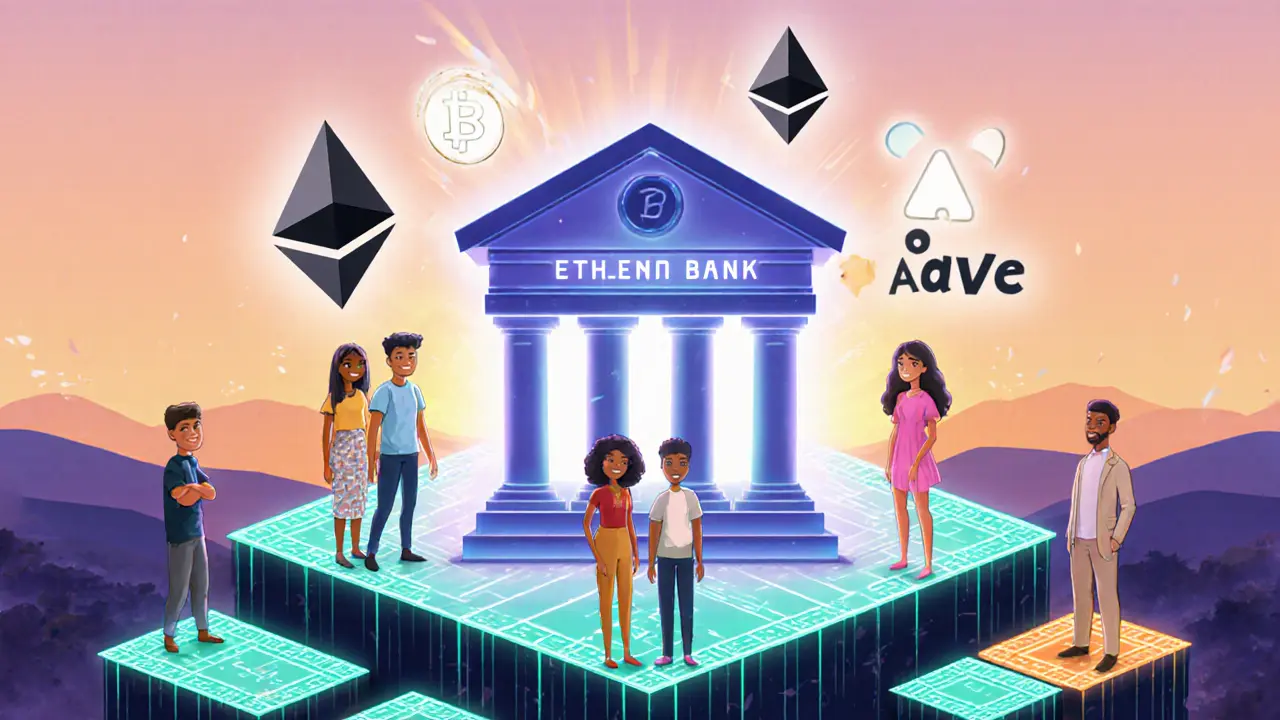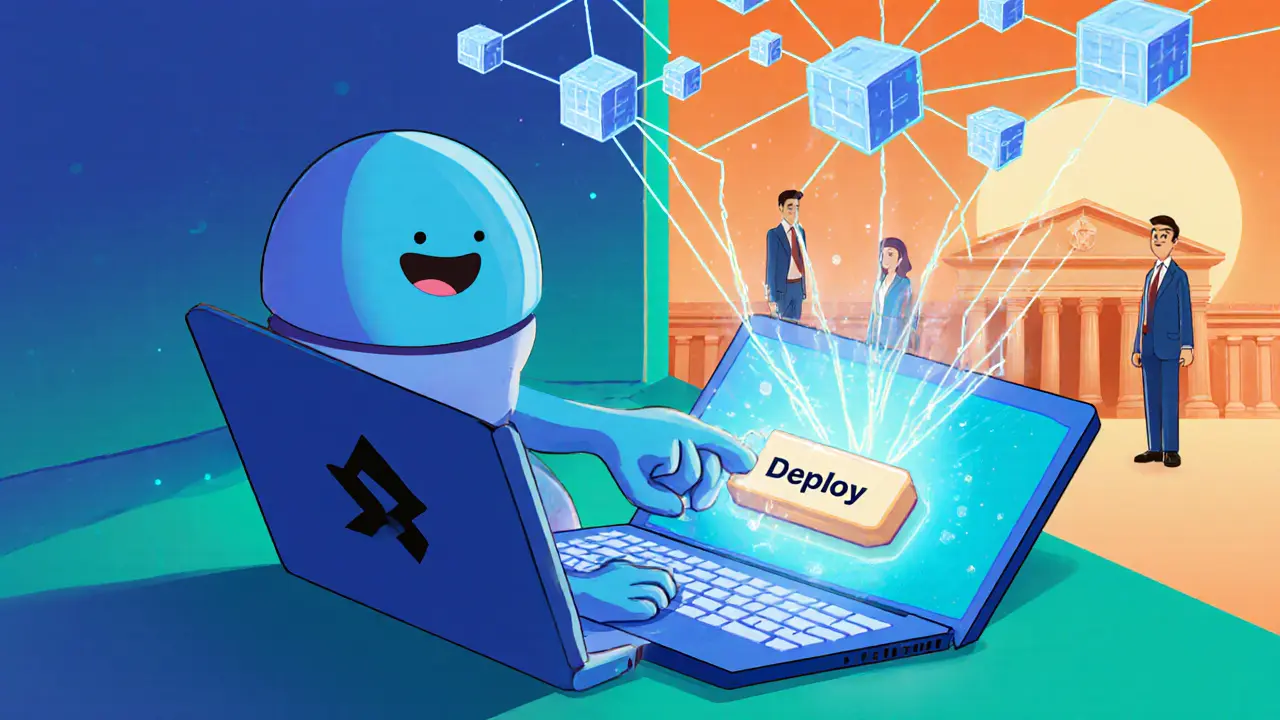Blockchain: The Backbone of Decentralized Innovation
When working with Blockchain, a decentralized ledger that records transactions across many computers. Also known as distributed ledger technology, it enables transparent, tamper‑proof data sharing., you’re dealing with the core tech that powers crypto, supply‑chain tracking, and more. Blockchain removes the need for a single authority by letting participants validate each other’s entries. That same network also hosts Smart Contracts, self‑executing code that runs automatically when preset conditions are met. These contracts turn agreements into code, cutting out middlemen and reducing errors. Think of a rental agreement that unlocks a door the moment rent is paid – no landlord involvement required. The trust comes from the underlying ledger, not from a person’s word. As a result, businesses can automate payments, insurance payouts, and even voting systems with far less friction.
Why Blockchain Matters Today
Beyond contracts, the same technology fuels Decentralized Finance, a suite of financial services built on blockchain that operate without traditional banks.. DeFi platforms let you lend, borrow, and trade assets 24/7, all secured by code. That openness creates new opportunities but also introduces risks like smart‑contract bugs or volatile markets – topics we unpack in our guides. On the identity side, blockchain supports Decentralized Identifiers, unique, self‑controlled IDs that live on a distributed ledger.. Paired with Verifiable Credentials, digital attestations that can be cryptographically verified without a central issuer., DIDs give you ownership of your personal data. Imagine proving you hold a degree or a driver's license without handing over the original document – the verifier checks a cryptographic proof on the ledger, and you stay in control. This identity model reshapes everything from onboarding on crypto exchanges to accessing government services, because trust is built into the data itself rather than a third‑party database.
All these pieces – immutable ledgers, automated contracts, open finance, and self‑sovereign identity – interlock to form a vibrant ecosystem. In the list below you’ll find deep dives into each area: a practical guide to Verifiable Credentials and DIDs, a balanced look at the benefits and limits of Smart Contracts, and a clear explanation of DeFi’s upside and its hidden dangers. Whether you’re just curious about how a transaction gets recorded or you’re planning to build your own decentralized app, the articles ahead give you the facts, examples, and tips you need to move forward with confidence.



